How To Organise Your Fridge
ON THE TOP & MIDDLE SHELF
The top and middle shelves are where you should store ready-to-eat foods such as cheese, yoghurt, cooked meats and leftovers. If you’re not sure what qualifies, think of them as foods which don’t need to be cooked before being eaten, such as deli meats or other ready-packaged items – even pre-prepared fruit. However, these should still be covered or kept in sealed containers to prevent cross-contamination with other items, and away from raw foods so harmful bacteria doesn’t transfer. Just remember not to store leftovers before they’ve properly cooled down, so as not to inadvertently raise the temperature of your fridge. Leave extra portions for a maximum of two hours before covering properly, sealing and storing.
AT THE BOTTOM
This is the coldest part of the fridge, and where you should put raw meat, fish and poultry – all in sealed containers so they don't touch each other or drip onto other foods. You should also use the same space to defrost any meat or fish from the freezer, rather than doing it at room temperature. While this rule applies for the rest of the appliance, try not to crowd this shelf too much. Unlike the freezer, cold air needs to circulate and if it can’t, you risk causing an inconsistent temperature. In fact, leaving a little wiggle room between items could even help keep your energy bill down as temperatures will remain stable.
IN THE DRAWERS
Fresh foods, such as salads and herbs, should always be kept away from the back of the fridge – the temperature there is far colder and these delicate foods could freeze and go off. With that in mind, it makes sense to keep fruit, vegetables and salad (all of which should be washed prior to storage) in the specially designed salad drawers at the bottom of the fridge. Try to keep them wrapped in paper or plastic with air holes to keep them protected from any cross-contamination. For salads and herbs, try wrapping them in a damp paper towel before storing so they don’t dry out. Finally, be aware that certain fruit and veg are known ‘gas releasers’ (these include avocados, bananas, nectarines, and tomatoes) and can make some veggies spoil prematurely if they’re kept in too-close quarters.
INSIDE THE DOOR
This is the warmest area of the fridge and the most susceptible to temperature fluctuations given how often the door opens and closes. As such, it’s best to store foods that have natural preservatives here, such as condiments, jams and juices. If you’re tight on space on the top and middle shelves, butter and soft cheeses will keep well enough if stored at the top part of the inside door, which is usually sealed with a replaceable flap to contain specific odours. If you do choose to store eggs in the fridge, try to place them on the top or middle shelves rather than inside the door to avoid cross-contamination or spills. Finally, it’s a myth that this is the best place to store milk – even plant-based versions. Given how susceptible milk or cream is to spoiling, it’s best kept on a top or middle shelf where possible.
Inspired? Here are five top tips to keep your fridge clean and hygienic…
Clean the fridge regularly.
This is especially important for the fridge handle, shelves and storage compartments. Wash all surfaces thoroughly with warm, soapy water, before rinsing them clean. Dry surfaces with a clean towel or kitchen roll.
Store your leftovers safely.
This should be done within two hours of cooking, and you should try to eat them within three days after that. Keep leftovers in sealed containers to prevent spills or cross-contamination and mark up storage dates on the lids so you remember how old they are.
Check for ‘use-by’ dates.
At least once a week, go through the fridge and check for foods which have passed the ‘use by’ date, and throw them out. Just remember that a use by date isn’t the same as ‘best before’, which indicates the food might still be safe to consume, just not at its most optimum taste or texture.
Keep the fridge at 5°C or below.
The numbers on the fridge thermostat dial don’t necessarily show the temperature reading, so you could try using a thermometer to check the temperature. Place a mercury-free fridge thermometer on the bottom shelf above the salad drawer, and check the temperature once a week, ideally first thing in the morning. Also, be sure to keep the fridge door closed as tightly as possible, as the temperature will rise if it is left open.
Don’t keep produce on top of the fridge.
If you’ve been using the top of your fridge to stack wine bottles or loaves of bread, don’t. To regulate colder temperatures inside the appliance, the condenser coil pumps warm air out, causing heat to rise around the cabinet. The result? It gets warm up at the top, which will make bread mould faster and delicate wines spoil. Instead, try to limit storage to pots and pans and the odd cookbook.
For more information, visit the Food Standards Agency website here.
Shop our edit below for products to help organise your fridge...
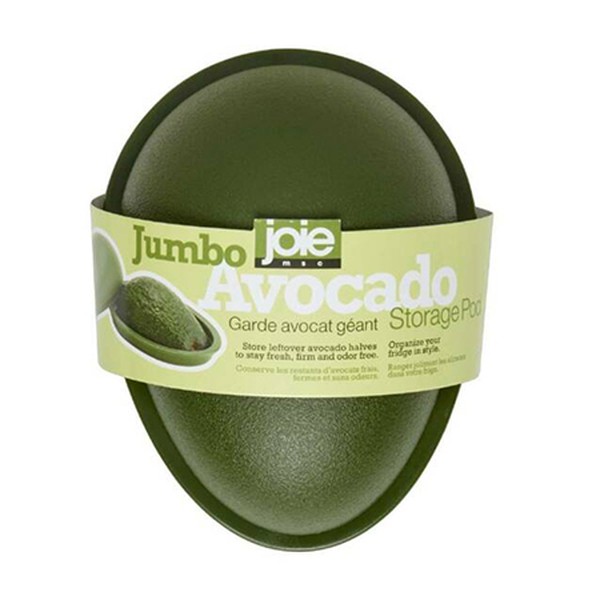
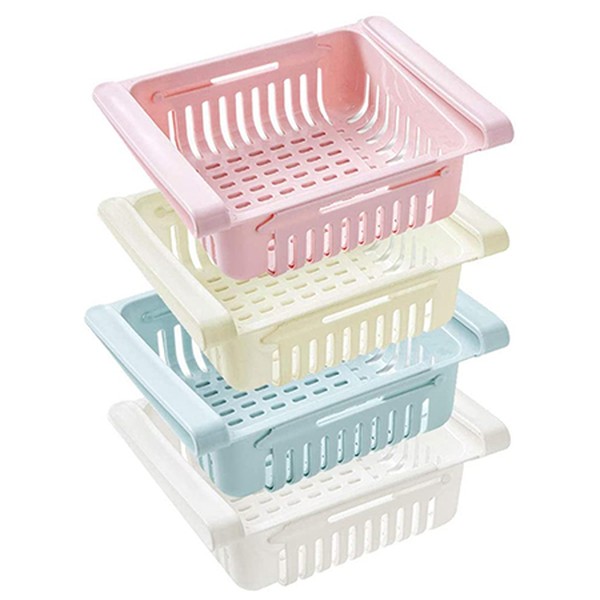
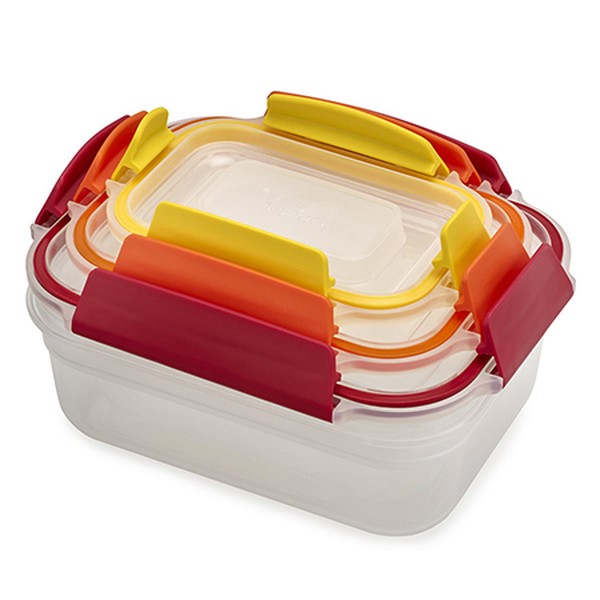
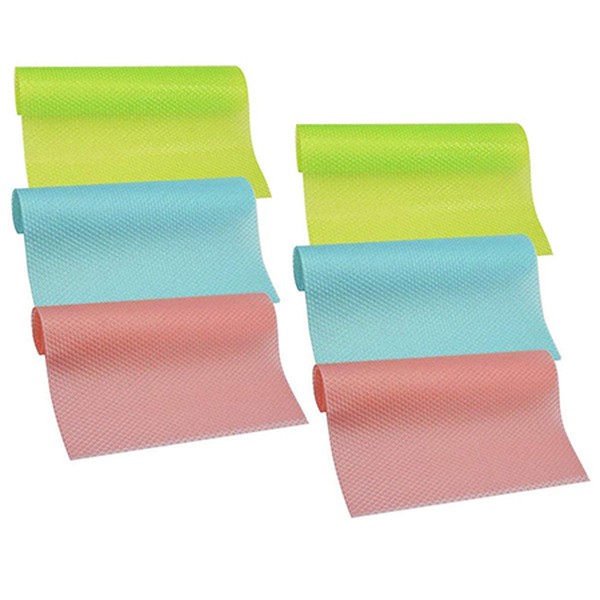
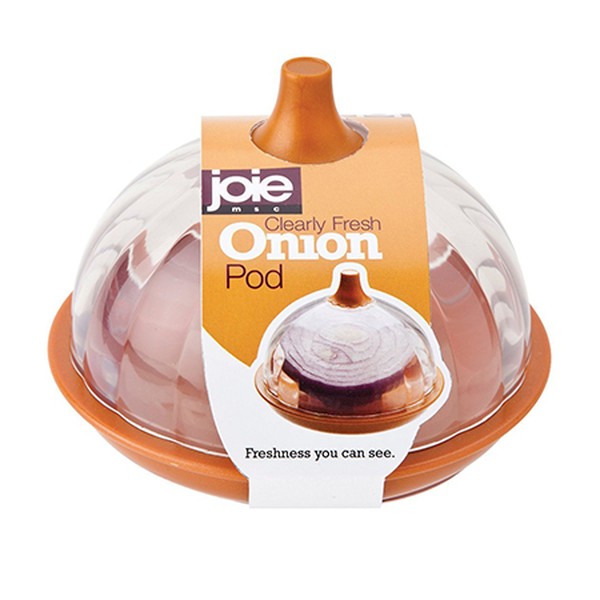
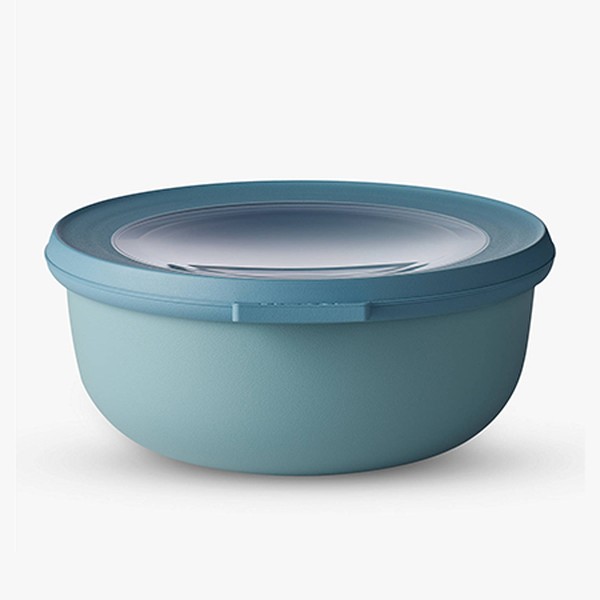
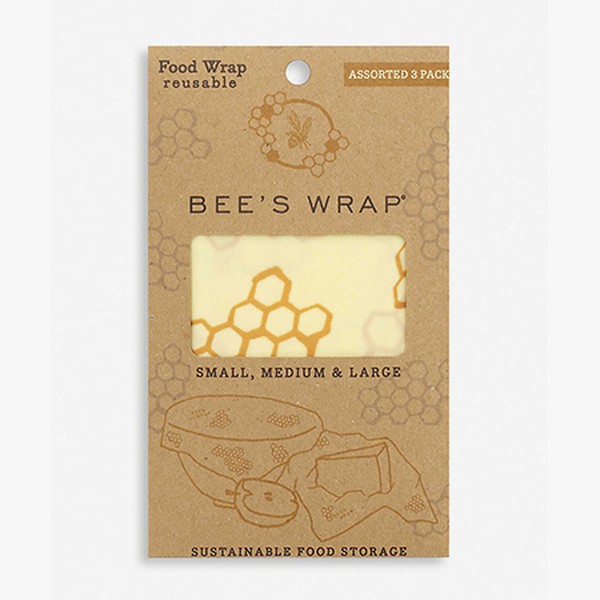
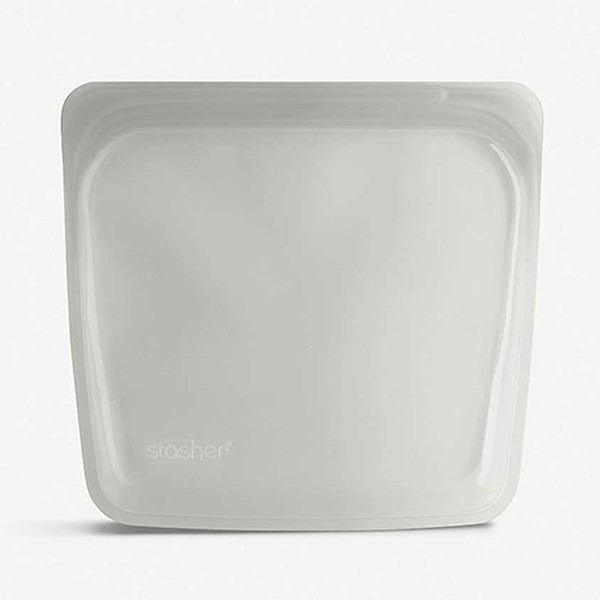
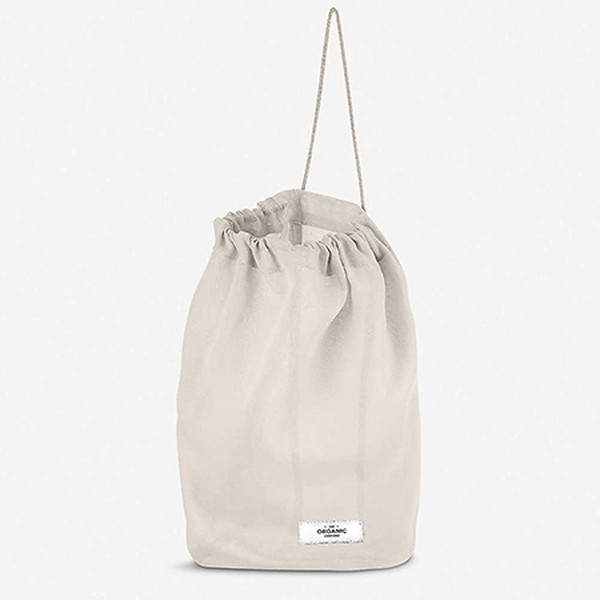
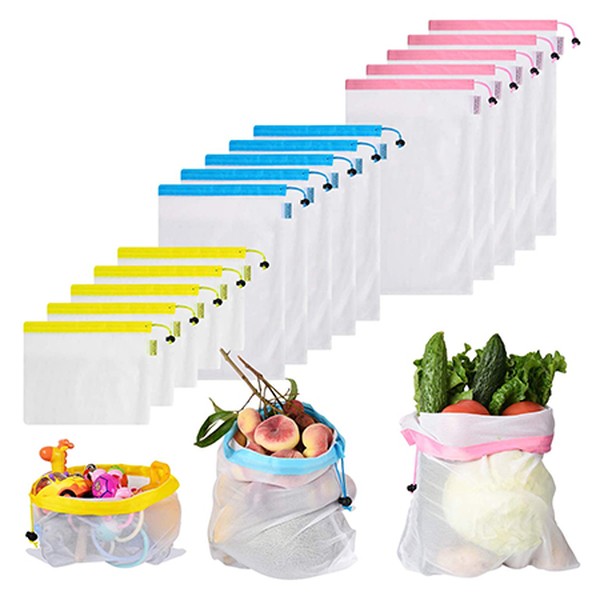
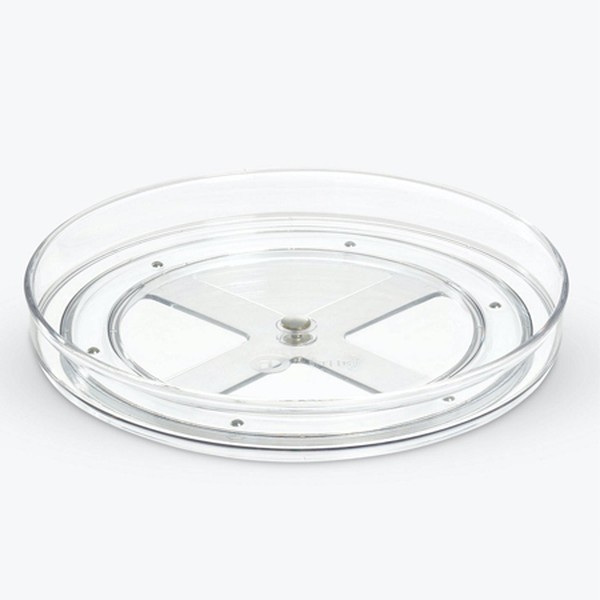
INSPIRATION CREDITS: Instagram.com/remodelista
DISCLAIMER: We endeavour to always credit the correct original source of every image we use. If you think a credit may be incorrect, please contact us at info@sheerluxe.com.


